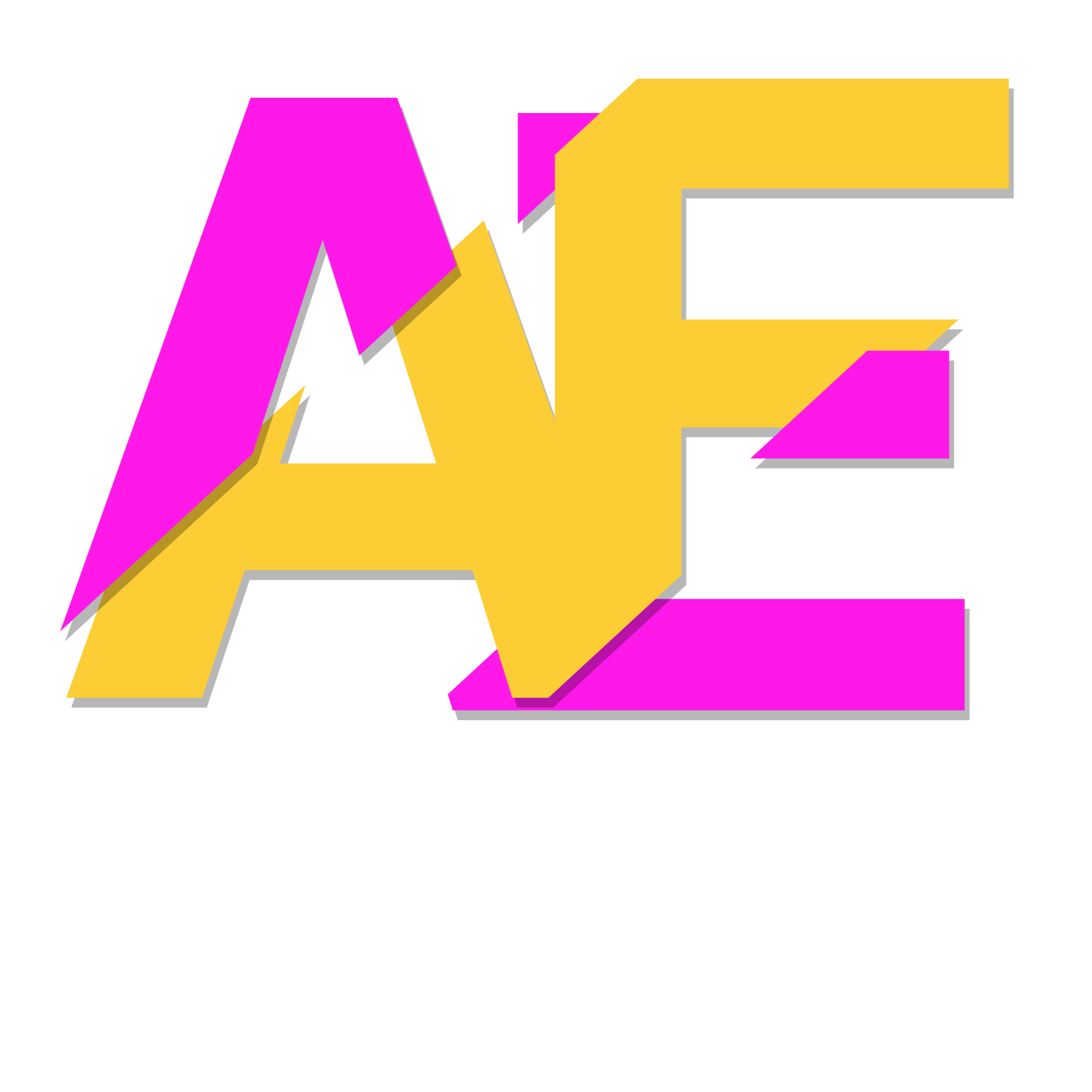
Art Engine 2.0
This project is currently in its early development stages. You can join us on GitHub (opens in a new tab) to follow the development process.
Overview
Welcome to the Art Engine 2.0 developer documentation! The Art Engine is a versatile npm package designed for creating various forms of art that often involve layering different media files, such as NFT art and metadata. It achieves this flexibility through a plugin-based system, enabling artists and developers to combine different plugins to generate diverse and unique content.
The engine executes these plugins in a predefined order, allowing you to create artwork that incorporates multiple layers of media files. With the Art Engine, you can leverage the included CORE plugins or even build your own custom plugins to extend its capabilities and cater to your specific artistic needs. Whether you're creating NFTs or other forms of layered art, the Art Engine provides a powerful and customizable solution to bring your creative vision to life.
A Brief History
The foundation of the Art Engine 2.0 was inspired by the OG HashLips Art Engine, an earlier version that gained immense popularity during the rise of NFTs. Originally available at HashLips Art Engine (opens in a new tab), this precursor to the Art Engine 2.0 was designed with a primary focus on creating images and metadata for ERC721 NFTs. As its user base expanded rapidly, enthusiastic users suggested numerous features and enhancements. However, due to its initial design, adding new features while maintaining code readability became increasingly challenging.
To address these challenges and pave the way for future growth and extensibility, the Art Engine 2.0 was born. The core idea behind the Art Engine 2.0 was to adopt a plugin-based approach, allowing users not only to make use of the core plugins but also to create their own plugins and openly share them with the community. This shift to a plugin-centric architecture enables seamless integration of new features, facilitates code maintenance, and encourages collaborative development.